When it comes to cultural destinations that are steeped in history and carry the weight of being recognized as World Heritage Sites, few places can rival the magnificence of Phimeanakas. This enigmatic monument, located within the bounds of Angkor Archaeological Park in Cambodia, is a testament to the rich cultural heritage of the region and serves as a bridge connecting modern visitors to the ancient Khmer civilization.


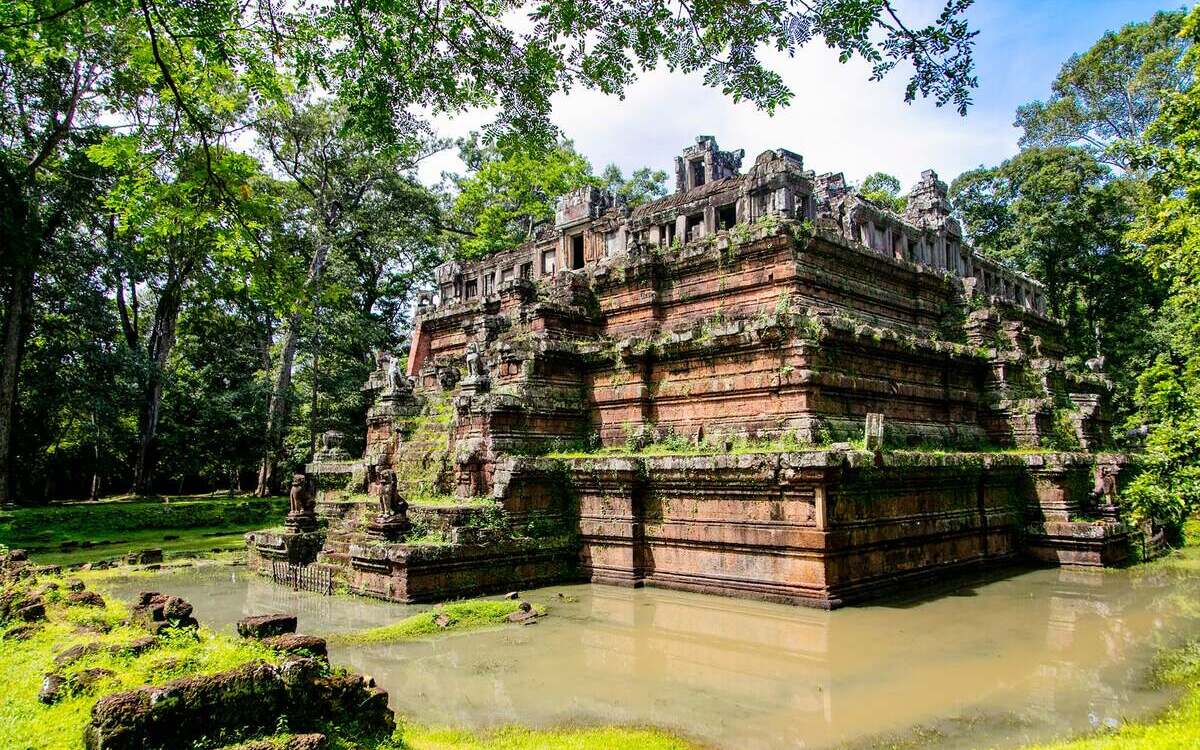
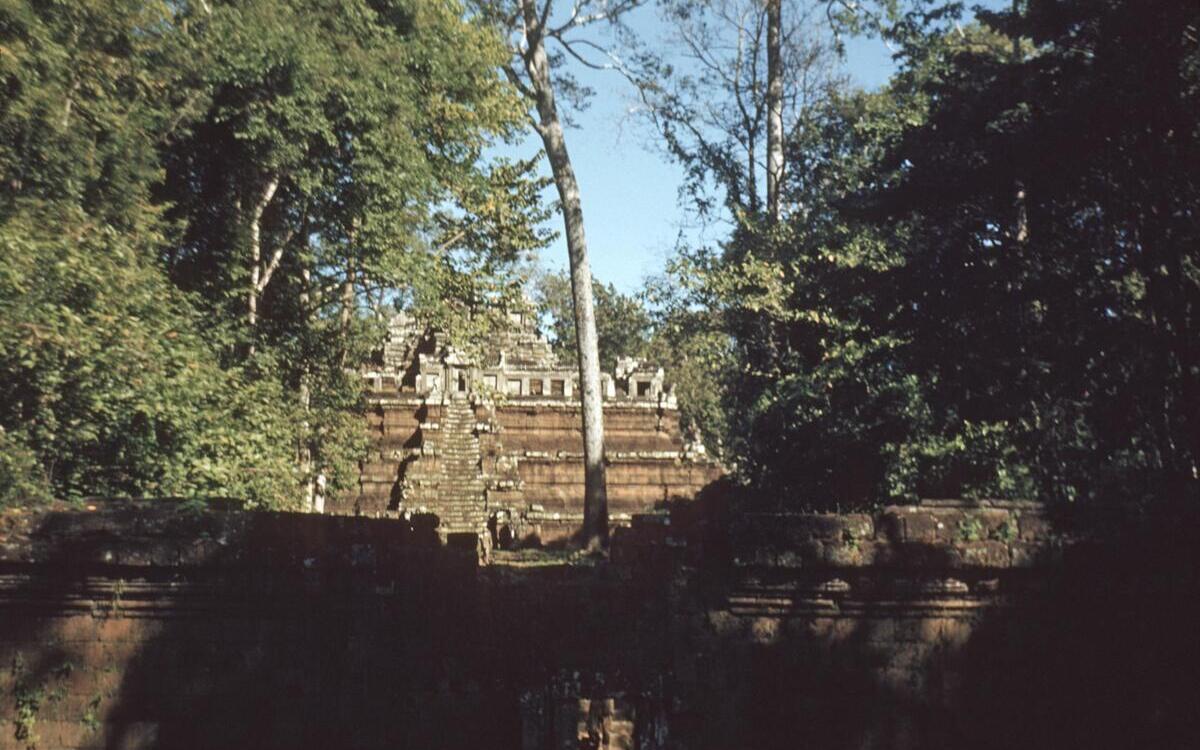
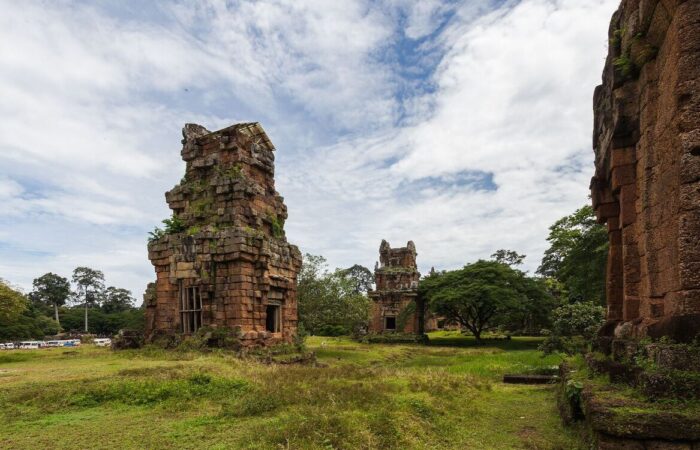
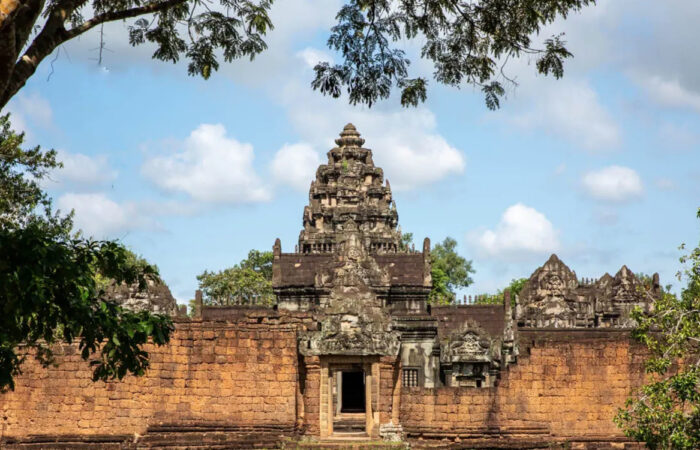
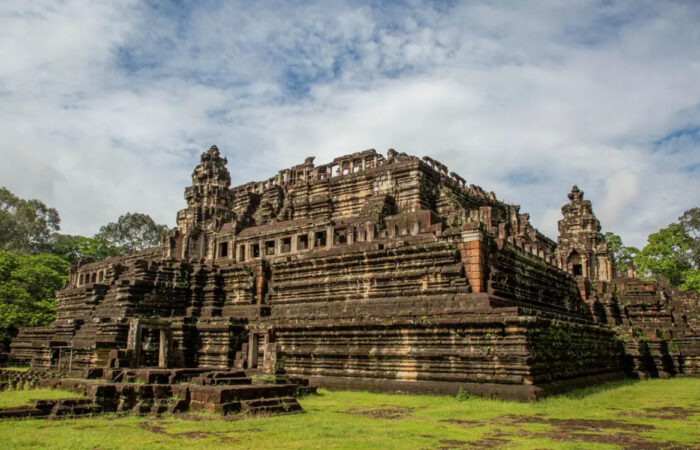
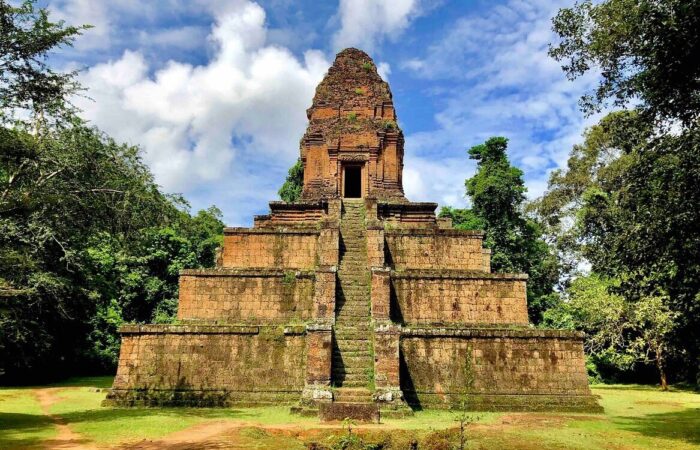
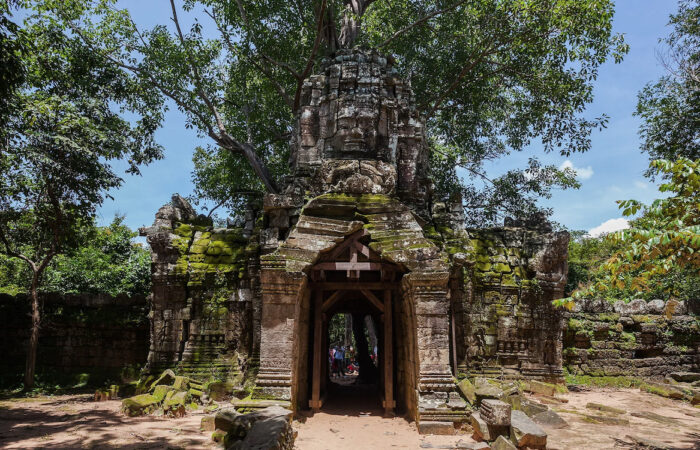
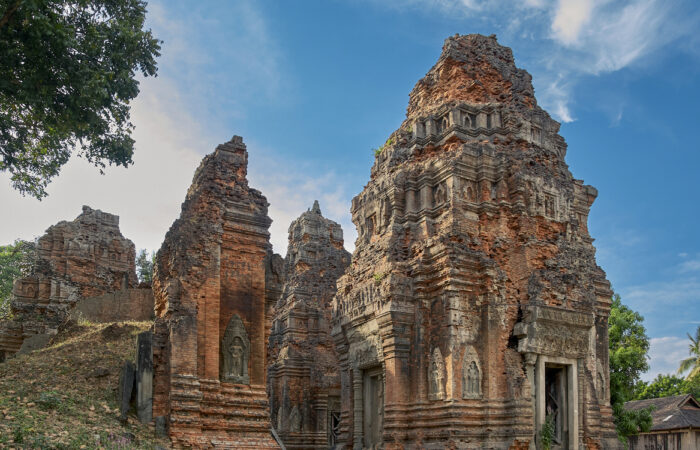
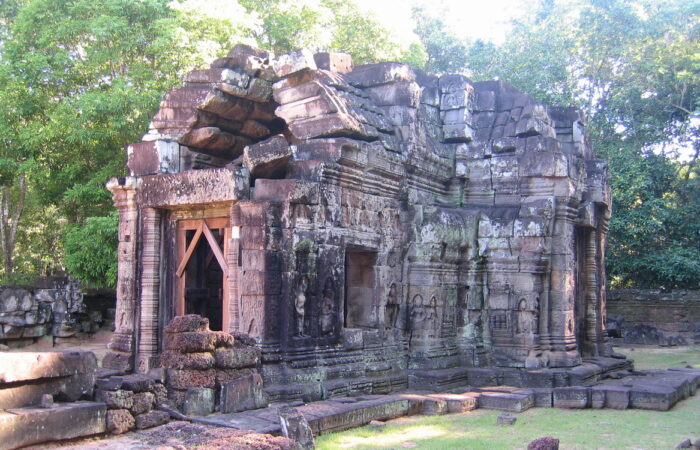
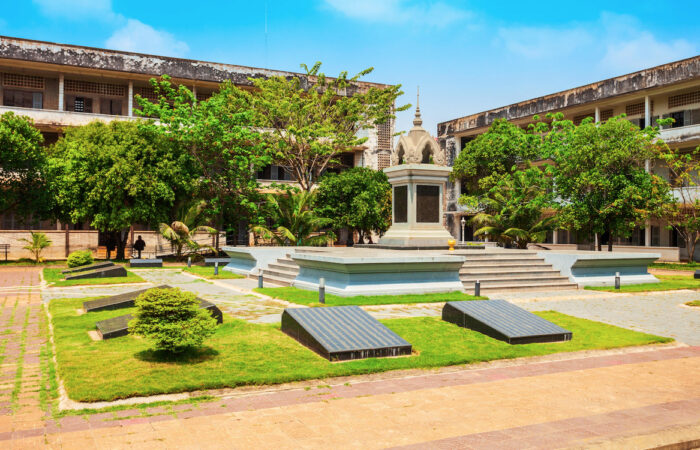

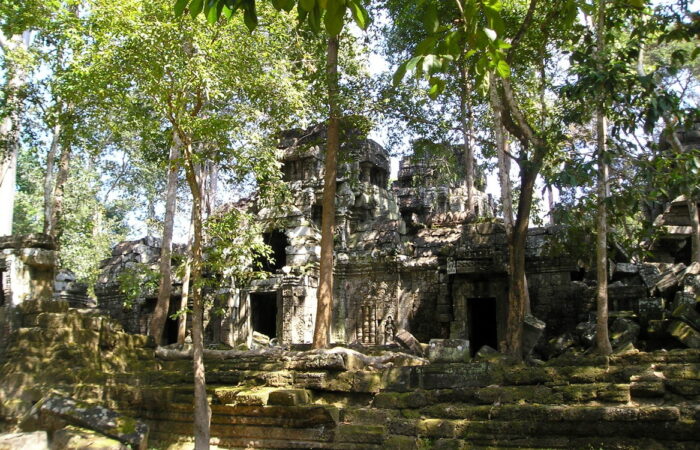



Wow, marvelous blog format! How long have you ever been running a blog
for? you make blogging look easy. The overall look of
your website is wonderful, as well as the content material!
You can see similar here najlepszy sklep